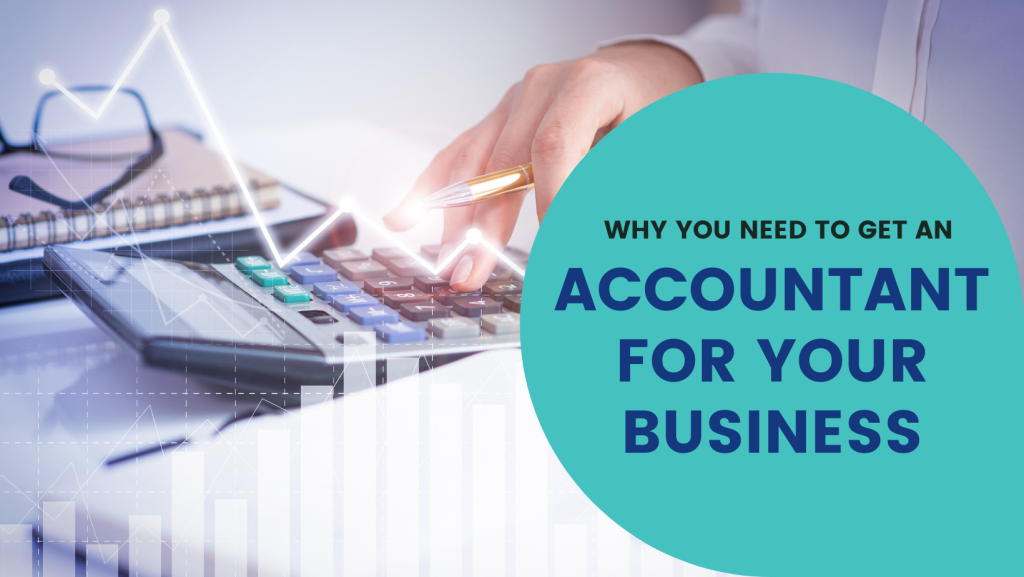Simplify Your Taxes: How to Calculate Capital Gains Tax (CGT) Easily

Let’s be honest, the mere mention of taxes can sometimes send shivers down your spine, right? Especially when it comes to something as seemingly complex as capital gains tax. But what if we told you that understanding how to calculate capital gains tax doesn’t have to be a headache?
With a little bit of guidance, you’ll soon see it’s not as daunting as it sounds. In this blog, we’ll walk you through what CGT is, when it’s applicable, and most importantly, how to calculate it. By the end, you’ll feel more confident dealing with your tax obligations, and if you need a hand, our team at Wardle Partners Accountants & Advisors is always here to help. So, let’s dive in.
What is Capital Gains Tax?
First things first, capital gains tax is the tax you pay on the profit from selling certain types of assets. Think of it as the government’s way of taking a slice of your earnings from your investments. Whether it’s property, shares, or even collectibles; if you make a profit on these assets, you’re likely going to owe some CGT. It’s an essential part of financial planning, especially for investors and business owners who regularly deal with such assets. So, why is it important? Well, understanding CGT helps you plan better and avoid any nasty surprises come tax time.
When is Capital Gains Tax Applicable?
Now that you know what CGT is, when exactly does it apply? Simply put, you trigger a CGT event when you sell or transfer ownership of a capital asset. This could be anything from selling an investment property to offloading some shares. But not all assets are subject to CGT.
For instance, your primary residence usually gets a free pass, and personal use assets like your car or furniture are also exempt. But be aware, the rules can get quite detailed, so it’s worth double-checking or consulting a professional.
How to Calculate Capital Gains Tax?
Let’s get to the crux of the matter- how to calculate capital gains tax. Let’s break it down step-by-step:
Step 1: Determine the Cost Base
The cost base is essentially what you paid for the asset, plus any costs associated with buying, owning, and improving it. Think purchase price, legal fees, stamp duty, and even the cost of improvements.
Step 2: Calculate the Capital Gain or Loss
Next, you subtract the cost base from the selling price. If you sold the asset for more than you paid, you have a capital gain. If you sold it for less, you have a capital loss.
Step 3: Apply Relevant Discounts and Exemptions
Here’s where it gets interesting. If you’ve held the asset for more than a year, you might be eligible for a 50% discount on the capital gain (for individuals and trusts). Companies don’t get this discount, but other exemptions might apply depending on the circumstances. Use CGT Record Keeping Tool to work out your capital gains or losses and keep records of your CGT assets.
Step 4: Calculate the Final CGT Amount
Finally, add up all your capital gains for the year, subtract any capital losses, apply any discounts, and then include the net capital gain in your assessable income. Your CGT is then calculated at your marginal tax rate.
Here’s a quick example: Suppose you bought shares for $10,000 and sold them for $15,000. Your cost base is $10,000. Your capital gain is $5,000. If you’re eligible for the 50% discount, your taxable gain is $2,500. If your marginal tax rate is 30%, your CGT is $750.
Factors Affecting Capital Gains Tax
Several factors can influence how much CGT you’ll owe:
- Holding Period: Holding an asset for over a year can qualify you for significant discounts.
- Inflation and Indexation: While less common now, assets acquired before 1999 might benefit from indexation, which adjusts the cost base for inflation.
- Capital Losses: These can be used to offset capital gains, reducing your overall CGT.
Who Needs to Be Concerned About Capital Gains Tax?
You might be wondering, “Does this even apply to me?” If you’re an investor, property owner, or business owner, the answer is likely yes. Anytime you sell or transfer ownership of an asset, CGT considerations come into play. Whether you’re selling off shares to invest in your business or selling a property, understanding CGT is crucial to avoid unexpected tax bills.
Tips to Manage and Minimise Capital Gains Tax
Managing your CGT doesn’t have to be a nightmare. Here are some practical tips:
- Strategic Planning: Timing the sale of assets can help. Selling during a low-income year can reduce your overall tax burden.
- Utilise Exemptions: Make sure you’re aware of and utilise any available exemptions and concessions.
- Record-Keeping: Keep detailed records of all expenses related to your assets. This ensures you can accurately calculate your cost base and claim all allowable deductions.
How Wardle Partners Accountants & Advisors Can Help
At this point, you might be thinking that it sounds complicated. “Can’t someone just do this for me?” Absolutely! That’s where we come in. At Wardle Partners Accountants & Advisors, we specialise in tax planning and CGT calculations. Our expert team can help you navigate the complexities of CGT, ensuring you maximise your discounts and exemptions while staying compliant. We’ve helped countless business owners and investors manage their CGT obligations seamlessly.

Conclusion
In summary, understanding how to calculate capital gains tax is essential for anyone dealing with capital assets. It might seem confusing and vague, but with the right approach and professional guidance, you can easily understand how it works for you and your business. Remember, we’re here to make your life easier. So, why stress over CGT when you can have experts handle it for you?
Ready to simplify your capital gains tax calculations and ensure compliance? Contact Wardle Partners Accountants & Advisors today for expert guidance and personalised business accounting services.

